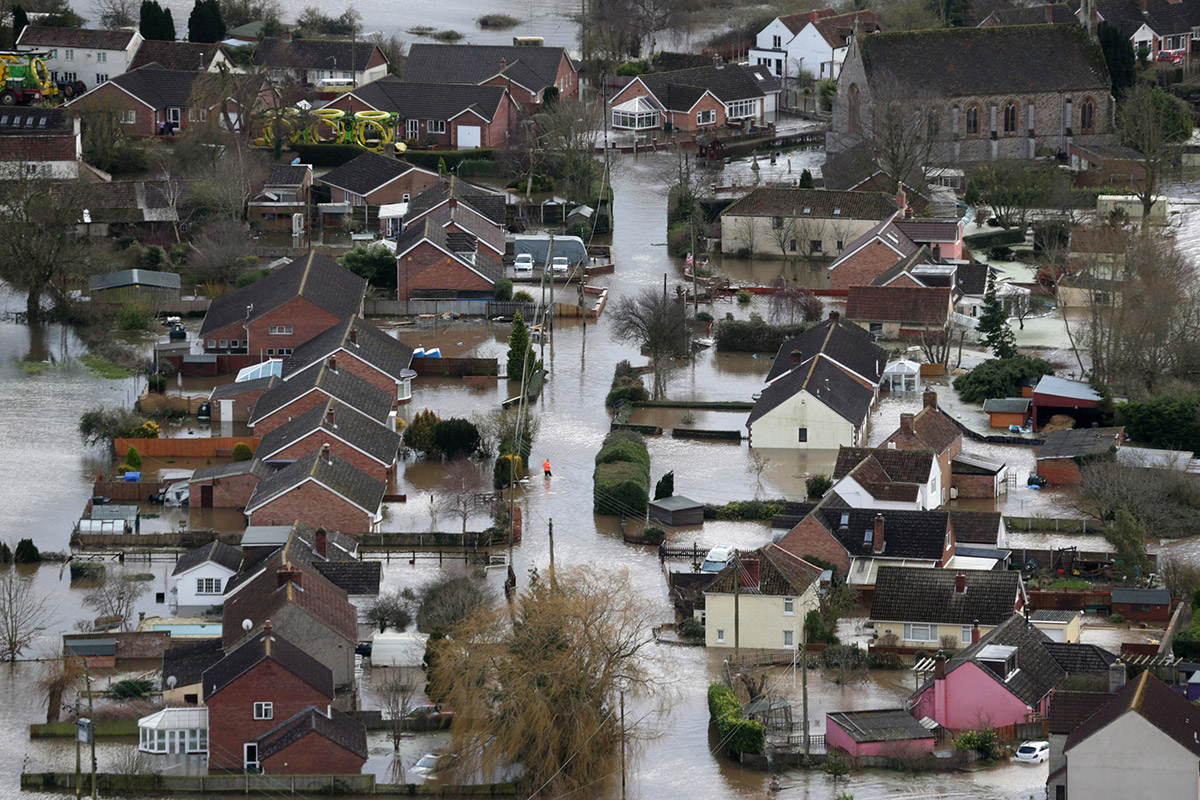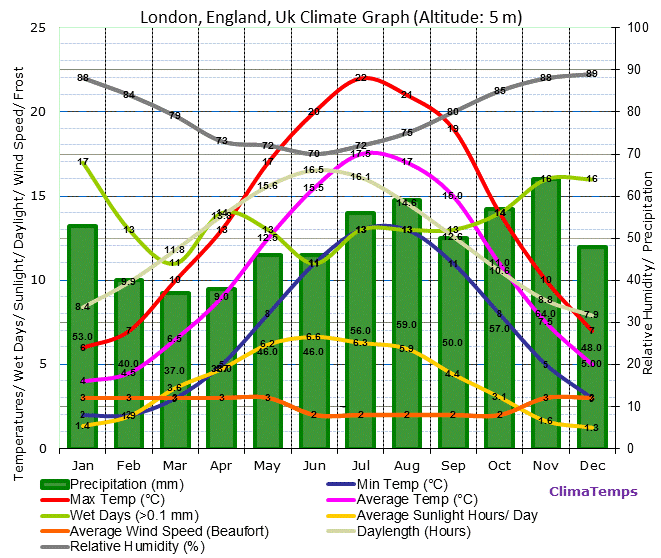Over the last few posts, I have examined water resources management in Africa taking the Hadejia-Nguru Wetlands as an example, with the three questions being addressed. Today, I would like to consider the following final question.
3) How can we ensure the needs of small local groups/institutions will be met without their being politically hampered by the elite groups of authorities.
The question above essentially highlights the fact that the way water is managed is often largely influenced by the national elite (Mehta et al, 2014). It is clear that they have sufficient funds to bribe other institutional groups to support their management option they raise in the course of discussion. Indeed, World Water Week (2014) once suggest that 'corruption is both a cause as well as a result of poor water governance'. In order to combat the corruption in water management, there are a number of suggestions that can be considered to be effective.
In the study undertaken by World Water Week (2014), the find that anti-corruption movement is increasingly in favour of the 'sectoral approach' to fight corruption. They argue that 'sectoral reforms can reinforce the effectiveness of general public administration and sector specific knowledge is critical to understand the risks, pressures, and resistance to reforms'. The report published by the United Nations Economic and Social Council (2006) defines the public sector reform as being 'consisting of deliberate changes to the structures and processes of public sector organizations with the objective of getting them to run better' (International Centre for Parliamentary Studies, 2012). The examples of reform include increasing integrity and transparency, and formal legislation that support transparency, and corporate governance of water utility companies (UNDP Water Governance Facility (WGF), 2015). Here, I would like to the first two examples.
In Malawi, for example, they adopted, so-called, Corruption Prevention Policy, which outlines how all stakeholders detect, report, prevent and deal with corruption and promote transparency and accountability (UNDP Water Governance Facility (WGF), 2015). This is in response to the result of the 2006 Governance and Corruption Baseline Survey which reveals that 'public institutions that are characterised by low levels of requests for gratification (bribes) include the postal service, the bureau
of standards, public health services, and water boards (Governance Baseline Survey, 2006). In fact, about half of the population (10 million) have access to water-supply facilities with only 32% of these have access to potable water across the year. The rural population is the most severely affected by the poor management so that they are mostly dependent upon unsafe gravity-piped water supply, shallow wells and boreholes (UNDP Water Governance Facility (WGF), 2015). In order to improve the quality of water regardless of the socio-economic status, the above policy is believed to help the water boards consider the equity in water supply.
In South Africa, there is a formal legislation regarding water resources management, known as 'Water Services Act No.108' in 1997 together with 'The National Water Act No.36' in 1998 (Governance Baseline Survey, 2006). The former introduces the regulatory framework for the provision of water services by local authorities whereas the latter establishes the framework for water resources management and protection by all the stakeholders being involved. The significance of this law is to promote community participation in water management with 'the objective of achieving a balance among the interests of water users, potential water users, local and provincial government and environmental interest groups (Governance Baseline Survey, 2006).
Furthermore, the Department of Water Affairs and Forestry (DWAF) runs an anti-corruption hotline
through which 'stakeholders can report unethical behaviour and wrongdoings anonymously and confidentially and steps are taken to investigate allegations and pursue necessary actions' (Governance Baseline Survey, 2006). Certainly, the combination of the inclusive water management with the anti-corruption measure greatly helps improve transparency and prevent briberies.
Despite the counter-measurement, it is argued that even with briberies being avoided, it does not necessarily mean that the voices of small local groups / institutions will be equally valued as much as those elite groups. There are a number of reasons for this. Firstly, politically less powerful local groups tend to be less educated to present their views on scientific basis, which is the most powerful tool in politics. It is known that some humanitarian NGOs help train them, however, it is often criticized that it does not help reflect the local's perspective but those who fund them on the back (Mehta et al, 2014).
Secondly, the above bribery measure is often concentrated at higher political level not community level. The problem is that a village head is often formally 'paid' for his community governance by the regional/national government, and this encourages him to follow the will of the government but community members (Adams and Thomas, 1996). The consequence is that the needs of community may not be reflected in the course of discussion in IWRM.
For the above problems, I think it is necessary to set up a platform in which small groups like at community level are supported by multiple institutions which cooperate with to manage the progress as well as monitor each other. This needs to be a legally binding force that ensures the system so that both community groups and institutions are motivated enough to keep working together. It is also vital to employ the warden of the system to whom any suspicious case can be reported by the members. In this way, small local groups can manage to prevent regional political corruption and build the capacity to better engage in the discussion regarding water resources management with those who are more politically powerful in general.
To conclude, the answer to the question raised at the beginning is basically to provide anti-bribery measures at both national and regional levels as well as to set up a platform where they are provided with supports from various stakeholders. It is essential to develop the system under the force of law in order to ensure the sustainability of the new management force. If you have any question or would like to share your thoughts feel free to write a comment below!
Photo.1 sharing water is not free of political challenges (Reference: Model UN, 2016)
The question above essentially highlights the fact that the way water is managed is often largely influenced by the national elite (Mehta et al, 2014). It is clear that they have sufficient funds to bribe other institutional groups to support their management option they raise in the course of discussion. Indeed, World Water Week (2014) once suggest that 'corruption is both a cause as well as a result of poor water governance'. In order to combat the corruption in water management, there are a number of suggestions that can be considered to be effective.
In the study undertaken by World Water Week (2014), the find that anti-corruption movement is increasingly in favour of the 'sectoral approach' to fight corruption. They argue that 'sectoral reforms can reinforce the effectiveness of general public administration and sector specific knowledge is critical to understand the risks, pressures, and resistance to reforms'. The report published by the United Nations Economic and Social Council (2006) defines the public sector reform as being 'consisting of deliberate changes to the structures and processes of public sector organizations with the objective of getting them to run better' (International Centre for Parliamentary Studies, 2012). The examples of reform include increasing integrity and transparency, and formal legislation that support transparency, and corporate governance of water utility companies (UNDP Water Governance Facility (WGF), 2015). Here, I would like to the first two examples.
In Malawi, for example, they adopted, so-called, Corruption Prevention Policy, which outlines how all stakeholders detect, report, prevent and deal with corruption and promote transparency and accountability (UNDP Water Governance Facility (WGF), 2015). This is in response to the result of the 2006 Governance and Corruption Baseline Survey which reveals that 'public institutions that are characterised by low levels of requests for gratification (bribes) include the postal service, the bureau
of standards, public health services, and water boards (Governance Baseline Survey, 2006). In fact, about half of the population (10 million) have access to water-supply facilities with only 32% of these have access to potable water across the year. The rural population is the most severely affected by the poor management so that they are mostly dependent upon unsafe gravity-piped water supply, shallow wells and boreholes (UNDP Water Governance Facility (WGF), 2015). In order to improve the quality of water regardless of the socio-economic status, the above policy is believed to help the water boards consider the equity in water supply.
In South Africa, there is a formal legislation regarding water resources management, known as 'Water Services Act No.108' in 1997 together with 'The National Water Act No.36' in 1998 (Governance Baseline Survey, 2006). The former introduces the regulatory framework for the provision of water services by local authorities whereas the latter establishes the framework for water resources management and protection by all the stakeholders being involved. The significance of this law is to promote community participation in water management with 'the objective of achieving a balance among the interests of water users, potential water users, local and provincial government and environmental interest groups (Governance Baseline Survey, 2006).
Furthermore, the Department of Water Affairs and Forestry (DWAF) runs an anti-corruption hotline
through which 'stakeholders can report unethical behaviour and wrongdoings anonymously and confidentially and steps are taken to investigate allegations and pursue necessary actions' (Governance Baseline Survey, 2006). Certainly, the combination of the inclusive water management with the anti-corruption measure greatly helps improve transparency and prevent briberies.
Despite the counter-measurement, it is argued that even with briberies being avoided, it does not necessarily mean that the voices of small local groups / institutions will be equally valued as much as those elite groups. There are a number of reasons for this. Firstly, politically less powerful local groups tend to be less educated to present their views on scientific basis, which is the most powerful tool in politics. It is known that some humanitarian NGOs help train them, however, it is often criticized that it does not help reflect the local's perspective but those who fund them on the back (Mehta et al, 2014).
Secondly, the above bribery measure is often concentrated at higher political level not community level. The problem is that a village head is often formally 'paid' for his community governance by the regional/national government, and this encourages him to follow the will of the government but community members (Adams and Thomas, 1996). The consequence is that the needs of community may not be reflected in the course of discussion in IWRM.
For the above problems, I think it is necessary to set up a platform in which small groups like at community level are supported by multiple institutions which cooperate with to manage the progress as well as monitor each other. This needs to be a legally binding force that ensures the system so that both community groups and institutions are motivated enough to keep working together. It is also vital to employ the warden of the system to whom any suspicious case can be reported by the members. In this way, small local groups can manage to prevent regional political corruption and build the capacity to better engage in the discussion regarding water resources management with those who are more politically powerful in general.
To conclude, the answer to the question raised at the beginning is basically to provide anti-bribery measures at both national and regional levels as well as to set up a platform where they are provided with supports from various stakeholders. It is essential to develop the system under the force of law in order to ensure the sustainability of the new management force. If you have any question or would like to share your thoughts feel free to write a comment below!















